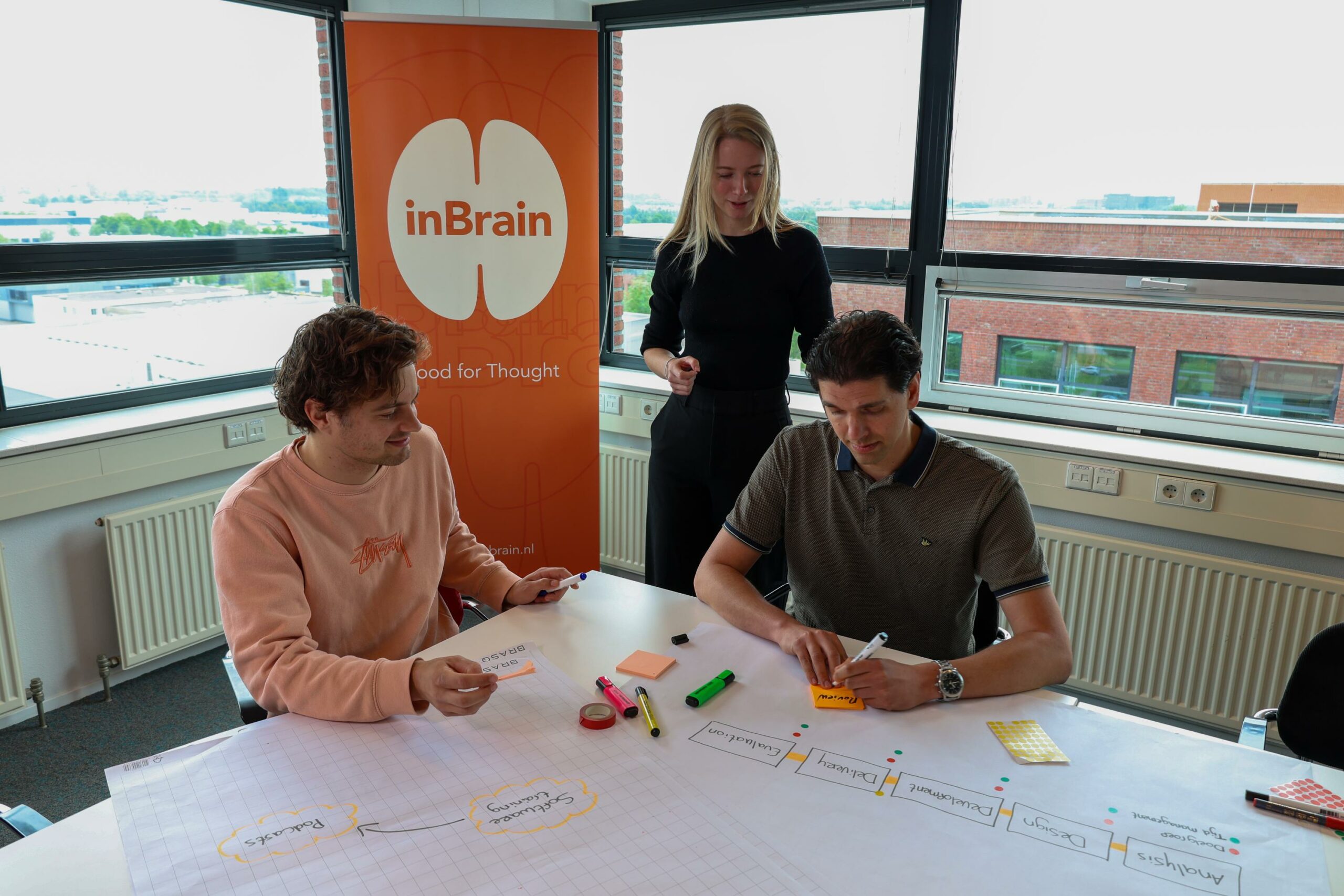
Hi Marleen,
Thanks for your question! About innovative learning solutions, can they accomplish anything? The world is changing rapidly. Every day new inventions are made, changing the world even faster. And the L&D world and the role of (digital) learning are also changing. Previously, “old school” e-learning modules of more than sixty minutes were the most normal thing in the world. The added value of digital learning seemed to be primarily in scalability. Nowadays, you (thankfully) don’t come across them very often. We see that the added value is more often in being able to offer “customized” learning interventions to increase the learning effect.
The learning effect of (digital) learning is, in my opinion, largely dependable on the ability to match the learning objective (the desired effect) and the target audience of the learning solution. Each organization has unique challenges, goals, examples and its own culture. The target audience has its own distinctive characteristics too. Therefore, the most impactful solutions are often custom solutions, so you can take all these aspects into account.

Everything you give attention grows
Often enough, the desired outcome is too ambitious to achieve with a single learning solution. How often does it happen that after reading something once, you remember it for the rest of your life? After one driving lesson, you don’t have full control of the car right away either. To achieve the desired learning effect, you will need to practice. You look at examples in your theory book, you apply this in practice with an instructor, and you watch along when someone else is behind the wheel. You learn from your mistakes, try something different next time and adjust. Practice makes perfect.
Many things affect the desired learning effect. Your learning style, how motivated you are, the prior knowledge you have, you name it. Various models provide insight into this. Well-known examples are Kolb’s learning styles or Deci and Ryan’s self-determination theory.
To make “something new” your own, you will have to pay attention to the different aspects of “something new” and come up with appropriate (learning) solutions for them. In fact, learning is more fun and easier when you are motivated or interested. By including these “preconditions” in an solution, we increase the impact on the desired learning effect.

Deploying innovations
Learning something new consists of many different aspects. To respond to this as completely as possible, we often devise concepts with various innovative elements. These are for example, specifically designed, to motivate the target group, promote transfer to work practice or teach new skills.
The dynamic landscape of (digital) learning requires adaptations and innovations. The ability to match the specific needs of the target audience and learning objectives remains crucial to achieving the most effective learning outcomes. Customized solutions that take into account unique challenges, learning styles and motivation levels are becoming increasingly important. This is how we can truly maximize the impact of learning solutions.
Curious about an example that shows how we used an innovative solution to increase the motivation and interest of the target audience? Take a look at this case study.
We work with our clients who are experts in a wide variety of topics. And that is exactly what makes our work so much fun. @Felicia, can we pay tribute to these “subject matter experts” we work with every day? Seems justified to me right?
Peace out!
Maarten

Maarten van Putten is account manager at inBrain. As a cycling enthusiast, there is no limit to his creativity and he’s over the moon when a new original learning concept crosses the finish line.






